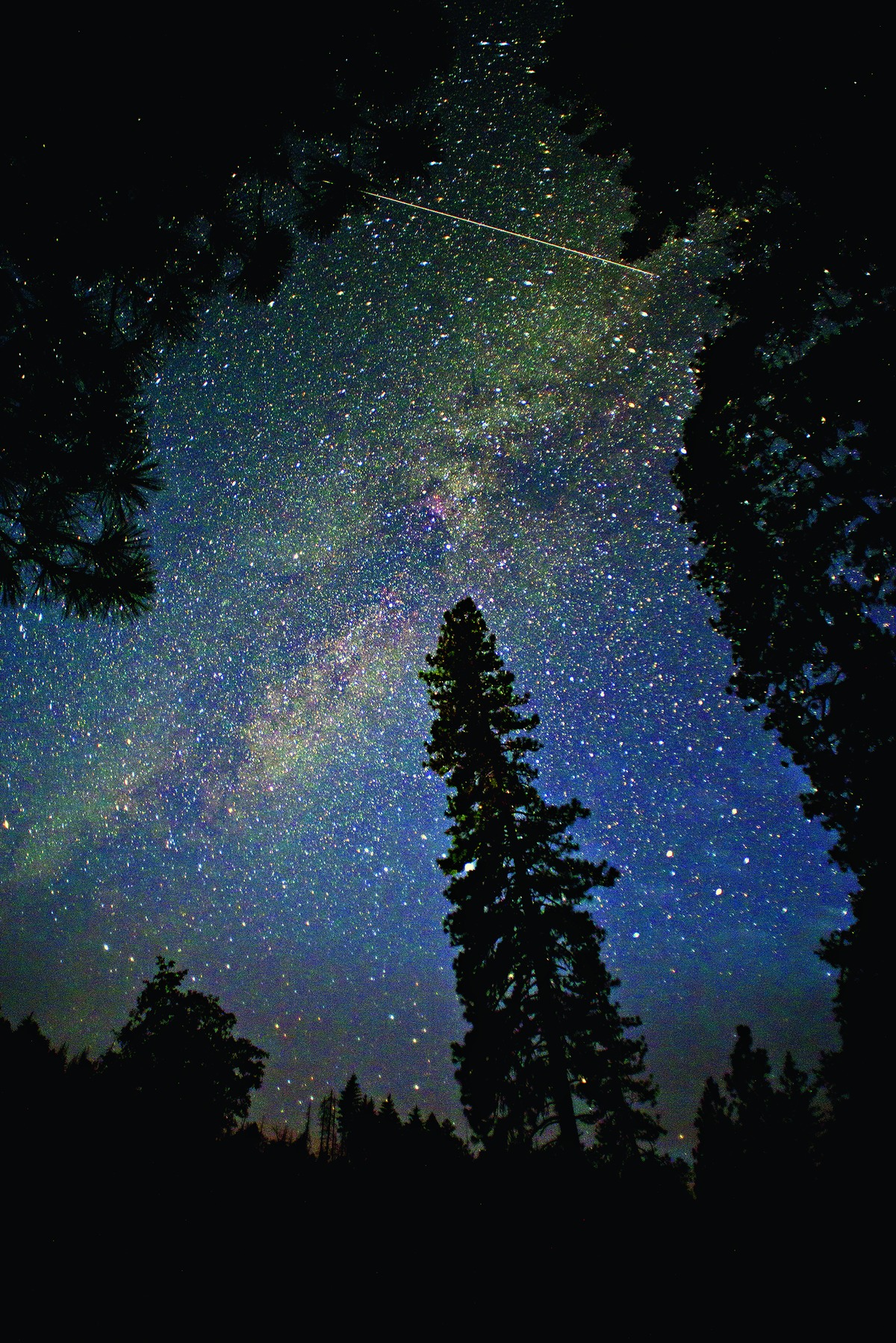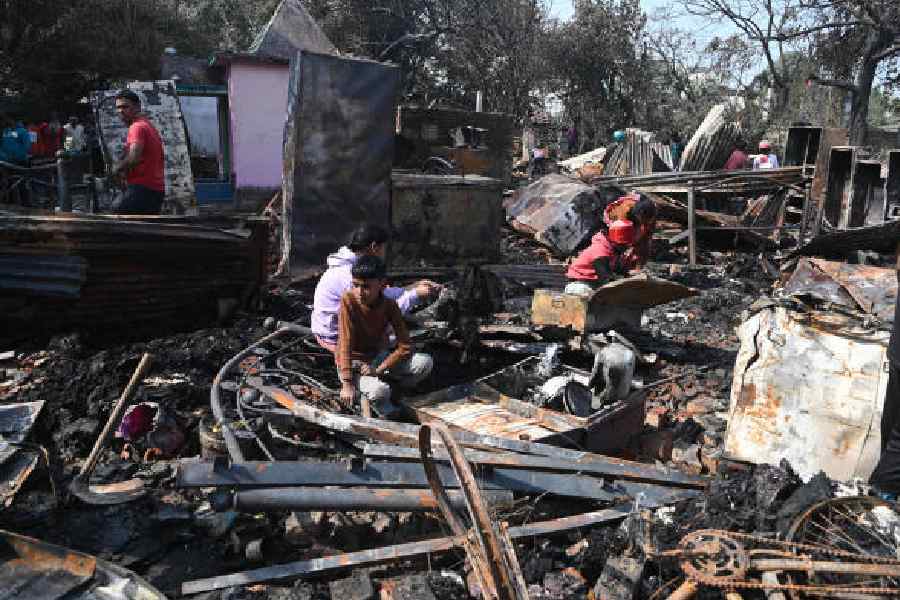
This week, whenever you get a chance, look up at the night sky -you will be treated to celestial fireworks, thanks to the Perseid meteor shower. The shower is an annual event that occurs between July 17 and August 24, when the earth passes through the path of debris released by Comet Swift-Tuttle. The dust particles left behind by the comet on its journey towards the sun light up the sky as they streak through the atmosphere.
"The Perseids are a great way to experience the universe. They remind us how planets are formed from comet and asteroid impacts, which still play a role in the evolution of life on earth," says Peter Jenniskens, a meteor science expert at the National Aeronautics and Space Adminstration's (Nasa) Ames Center in the Silicon Valley and the Search for Extra Terrestrial Intelligence (Seti) Institute in Mountain View, California, both in the US.
The shower is supposed to peak between August 12 and 13. So if the sky is free of clouds tonight, you should be able to see the meteor shower at its best - provided too many city lights do not blind you.
"With a diameter of 26 kilometres, Comet Swift-Tuttle is one of the largest known objects that periodically visit the near-earth space. It has an orbital period of 133 years and it last visited in 1992. Scientists think that the Perseids we see now were produced by Comet Swift-Tuttle about 25,000 years ago. So every shooting star you see is a tiny messenger from that giant comet, formed long before we even invented the alphabet. It is a really cool thing to think about as you watch these meteors falling from the sky," says Quanzhi Ye, a planetary scientist at the California Institute of Technology, US. The meteor shower seems to originate in the constellation named Perseus (from the tip of its imagined sword) and was therefore named Perseids.
The meteoroids that cause this shower are dust particles that get outgassed from the comet when it comes close to the sun. The intense solar heat vaporises parts of the icy comet and dust particles trapped inside get released. Some of them intersect with the earth due to their colliding trajectories. While a large asteroid or a big comet coming in the way of the earth would definitely be a recipe for disaster, the only impact these small dust particles have is dramatic display. The meteoroids become beautiful meteors or shooting stars when they enter the earth's atmosphere and burn up due to the friction caused.
In very rare cases, some of the bigger particles survive the burning and end up on the ground or in the sea. These remnants are called meteorites. Meteorites are studied to determine their age using isotope dating techniques and analysed for their composition using spectrums. They are an important tool to study the cosmic environment and the evolution of solar system bodies over time.
But for a layperson, a strong meteor shower is just a pretty sight. "The Perseids are the nicest shower because they occur during summer, hence more people can be out to enjoy them, whether on camping trips or quick trips to the countryside," says Robert Weryk, an ace observer and discoverer of the recent interstellar asteroid who is based at the Institute of Astronomy in the University of Hawaii, US. A meteor shower is best seen far away from urban areas.
The earth experiences 112 annual meteor showers, according to the International Astronomical Union-Meteor Data Center, housed at the Astronomical Institute of the Slovak Academy of Sciences in Slovakia. But only a couple of them are intensely impressive spectacles that can be seen with the naked eye. They are the Perseids, occurring this month and the Geminids that take place in December.
"Strictly speaking, Perseids might be considered less impressive than the Geminid meteor shower that is created by bigger meteoroids entering the earth's atmosphere. However, Perseids create more meteor events per hour. Thus, it is less likely that you would miss them," says Regina Rudawska, an expert on small solar system bodies at the European Space Agency's European Space Research and Technology Centre at Noordwijk in the Netherlands.
On a clear night close to peaking hour, one could expect to count about 60 meteors per hour. The new moon ( amavasya) phase started on August 11 and it will be easier to see each shooting star in the darkness. And if you happen to miss the peak timeframe, don't lose heart. A few Perseids can typically be seen each night till August 24.
This is a week to look up to the stars, literally.
Shower time
• You don't need any special equipment or skills to view a meteor shower, just a clear sky and patience
• Find a secluded viewing spot, away from city lights. Once at the venue, your eyes may take 15 to 20 minutes to get used to the dark
• Dress for the weather, and make sure you are comfortable - meteor watching can be a waiting game
• Check out the weather forecast. But carry an umbrella anyway
The writer is an Indian astrophysicist working at the University of Oslo in Norway











